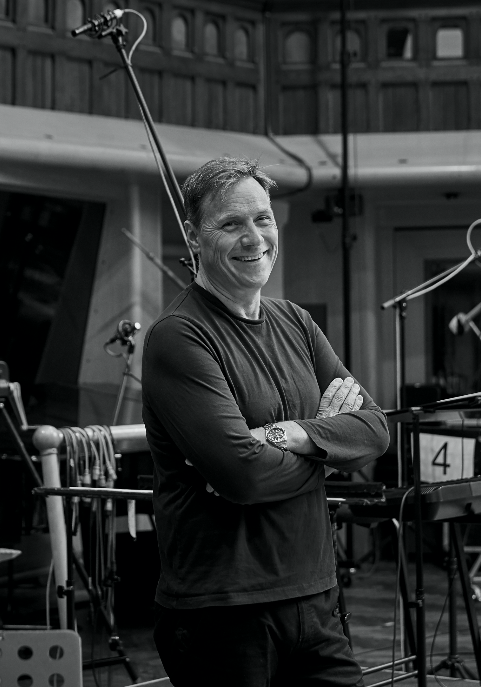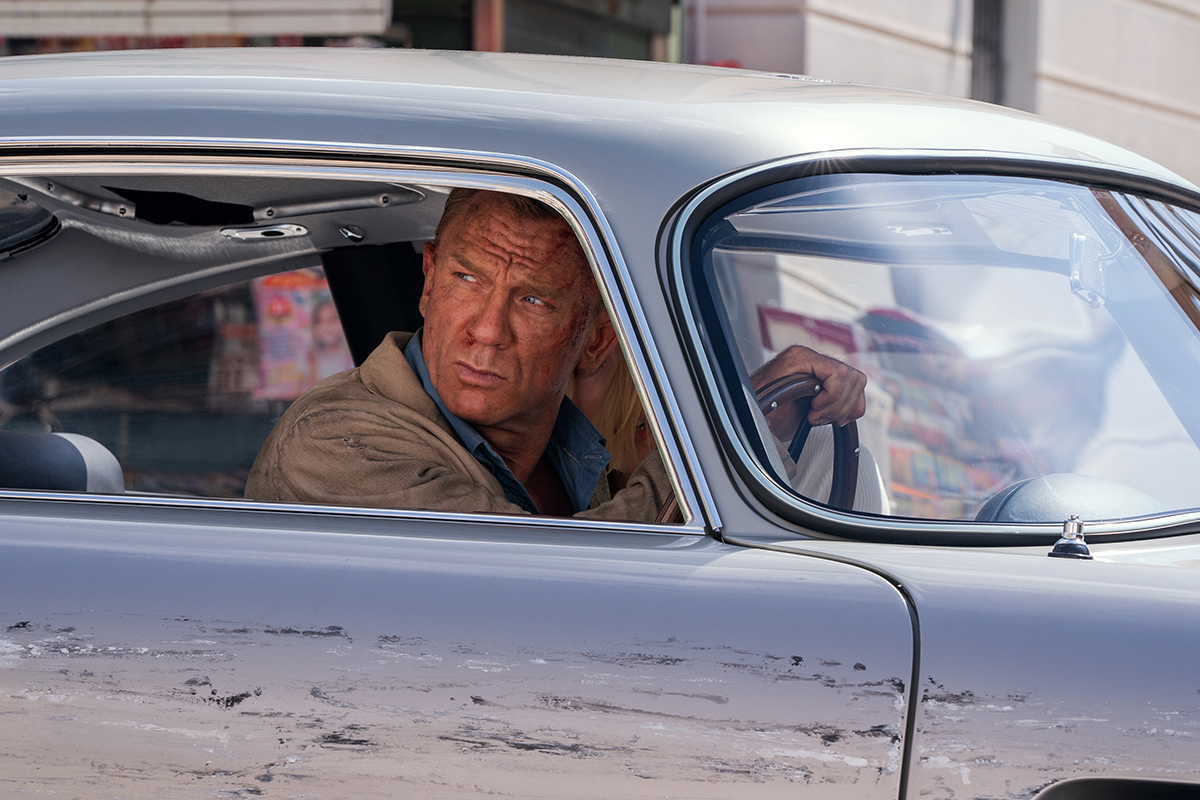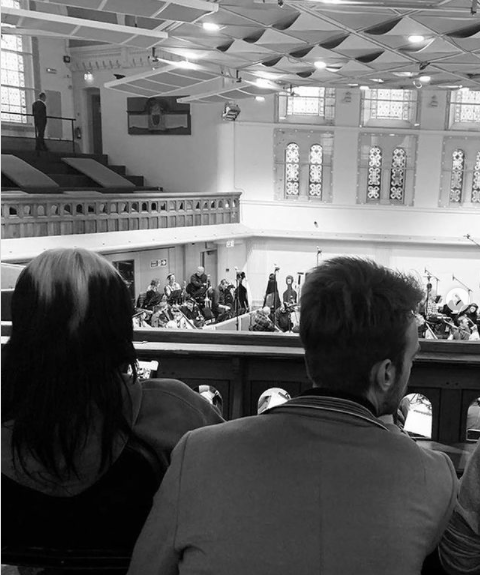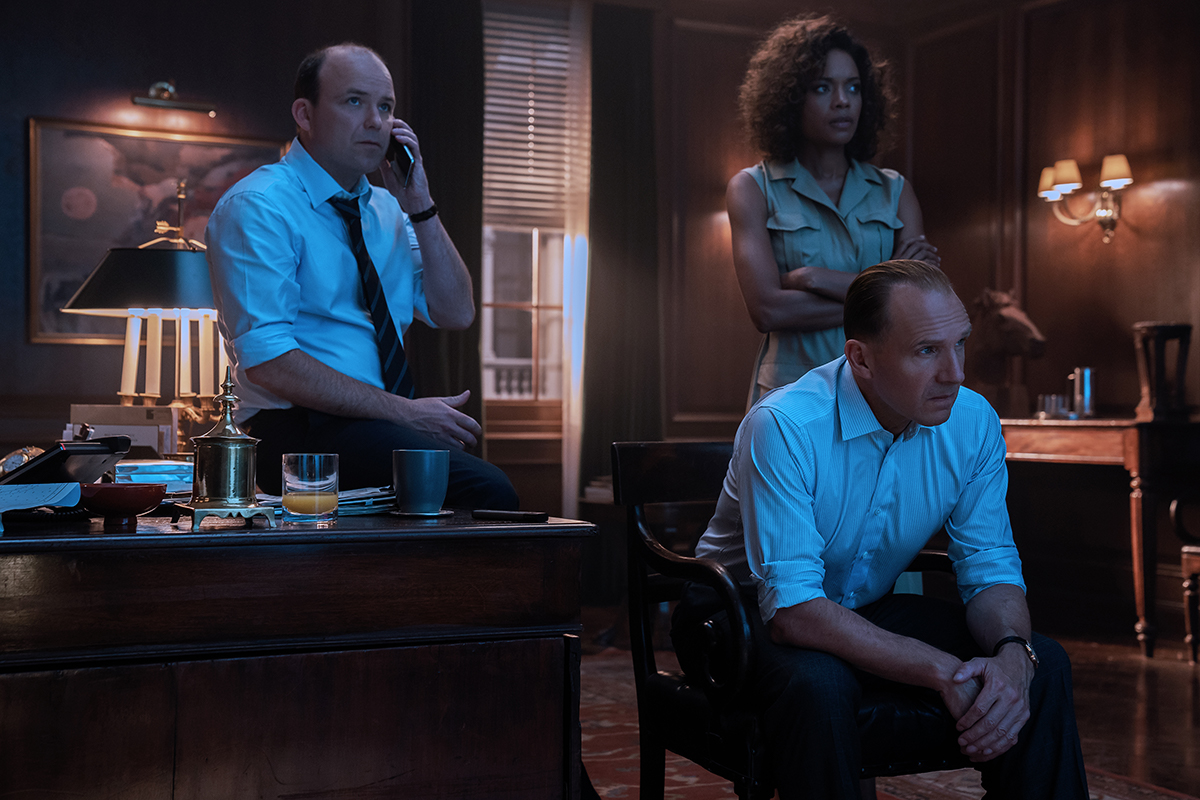The name’s Foster. Geoff Foster. You’ll know the three-time Grammy award-winning recording and mix engineer’s work from film scores ranging from Romeo and Juliet, Love Actually, The Dark Knight, Inception, Black Swan, The Pirates of the Caribbean series, Moulin Rouge, Dunkirk, and many, many more.
Just before the lockdown took hold of the world, Foster finished work on the much anticipated (and delayed) new James Bond film, No Time To Die as the score engineer for long time collaborator, Hans Zimmer’s music, and also recorded the orchestra for Billie Eilish’s Bond theme at AIR Studios in London...
You’re no stranger to working on Bond films; how did you get involved with working on the No Time To Die score, and where did you start?
Bond is about the songs, the theme, and it's BIG. You're not required to reinvent the wheel here, you're required to take the wheel to new highs. Yes, you can write things and use new themes and all that kind of stuff, but when Bond is doing Bond stuff, Bond is what it has to be.
And the previous composer didn't do that, and in the end he found himself being shown the door. Hans called me up and said, “It’s a big secret, but it looks like this is coming my way; are you available?” And I said, “of course I'm available”. He said to me, “you've done more of these than anybody else, so I really have to have you here because you know what's expected”.










